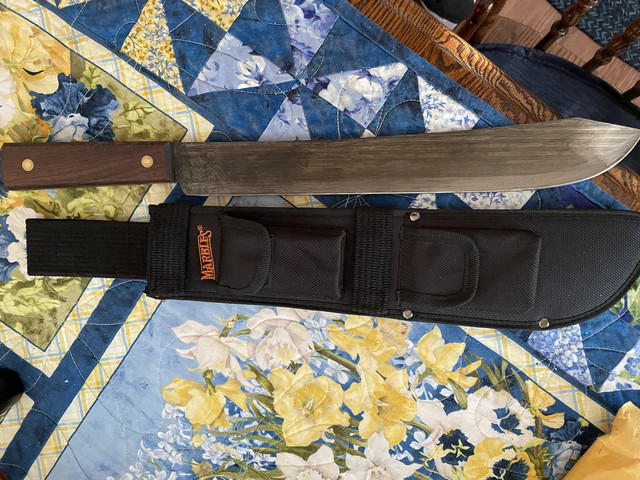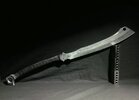If it works well for your use, then that defines the knife.
My wife would get on my case years ago about how I was "supposed" to use the various kitchen knives. "That's not what that knife is for!"
As if I was harming the knife or something.
Case in point: using the bread knife to slice tomatoes.
I asked her which knife I was supposed to use to slice the tomatoes. Then I made her slice the tomatoes with her choice.
Then I gave her the bread knife and said "Now try this."
She stopped complaining about my knife choices afterwards.
(Not really... she has an inherent need to find something to complain about all the time, but that's another topic.)
Obviously, the design of a blade/handle is tailored for its intended use. But that doesn't preclude its suitability in other issues.
A machete, for example, has several characteristics (which can all be adjusted to suit) that make it an excellent blade to use in the field/woods/shrubbery/etc.
The steel is generally softer to facilitate easy sharpening by field hands with a few strokes of a file.
The blade is generally long to allow effective sweeping blade arcs to do the work. It also extends the reach to reduce back stress caused by bending over. Both allow for longer times in the field without exhausting the worker.
The handle is designed to allow use without requiring a strong grip, again allowing longer working times without exhausting the worker. Or producing blisters.
Mom had a machete she kept in the garage... that was her squash knife. Nobody argued with her about it but being a "kitchen knife".




